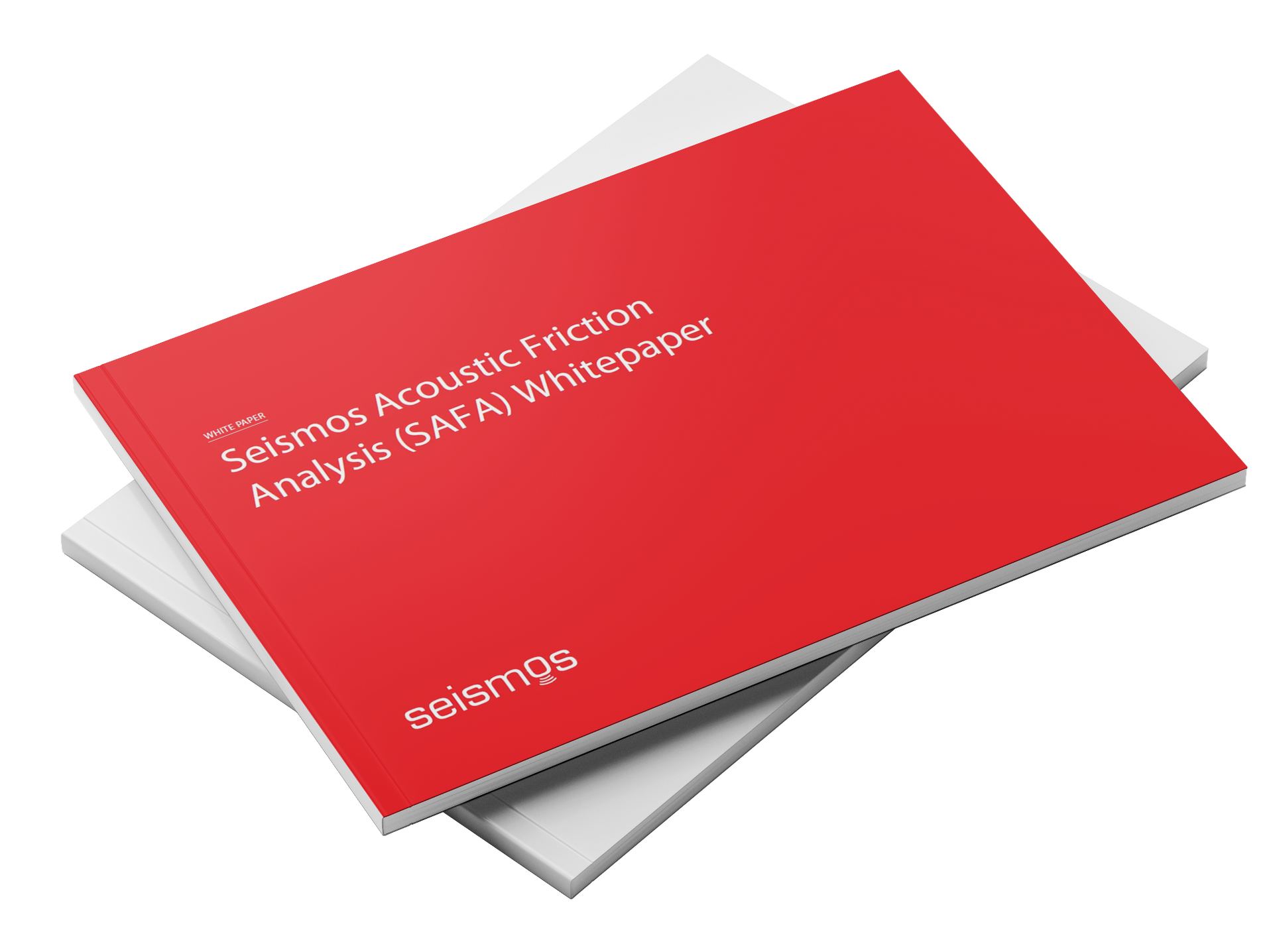This case study appeared in the September 2018 edition of E&P Magazine
Challenge
One of the ten largest US operators asked Seismos to evaluate and help improve diverter use. The project consisted of 4 wells in the Barnett play. The operator varied the volumes of diverter on each stage of the first well to evaluate how diverter impacts the development of the fracture system. The focus was on fracture propagation and the stimulation of new fractures.
Delivery
Seismos-Frac™. fracture evaluation technology was used to monitor the effects of varying diverter volumes pumped on every stage, in particular with respect to near- and far-field conductivities, reservoir connectivity, and near-wellbore complexity. Additionally, Seismos-Frac™ measured the effective propped fracture length, and monitored the wellbore condition throughout the treatment.
The Seismos-Frac™ measurements and processing were done in real time, enabling the operator to make changes on the remaining wells in the pad.
Results & Description of Findings
In stages with little or no diverters pumped, the stimulated fracture network was primarily characterized by a far-field system (Fig.I), meaning fractures with an extended connection to the reservoir. As the client increased the volume of diverters, the extension of that far field fracture system was restricted. Conversely the near field fracture region became more stimulated, increasing near wellbore conductivity and complexity. A threshold was observed past which further increasing the diverter volume affected negatively the development of the fracture system. Seismos-Frac™ identified with accuracy the "sweet spot" for the optimal volume of pumped diverter leading to the desired combination of fracture propagation and near wellbore complexity.
Impact
Based on the Seismos measurements the operator revised their completion program for the subsequent 3 wells. The revision allowed further control and management of fracture propagation and fracture network complexity, saving more than 50 pounds of diverter material on a stage by stage basis. Pumping less diverter resulted in significant economic improvements and savings.
Conclusions
Seismos-Frac™ Real-Time fracture evaluation technology allowed the operator to identify the appropriate volume of diverter to create optimum fracture characteristics.
Operators looking to optimize their use of diverters for the delivery of a target performance can use Seismos-Frac™ actual measurements to make real-time decisions, rather than relying on an ambiguous predictive software model.
Seismos was not just able to provide a binary ('works' vs. 'doesn't work') assessment but was the first technology to quantitatively measure the effect of diverters on the development of the fracture system, to identify the specific element of the fracture system that got affected, and to correlate varying volumes of diverter to specific fracture system responses.



